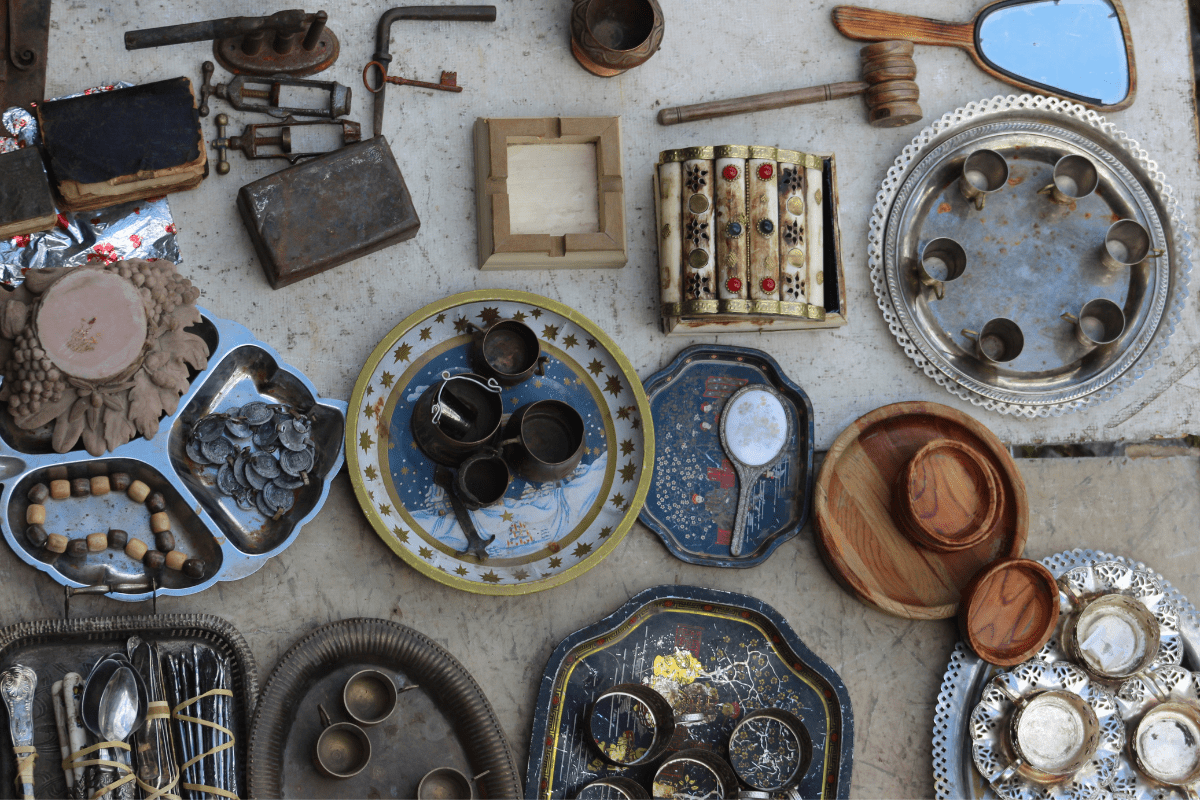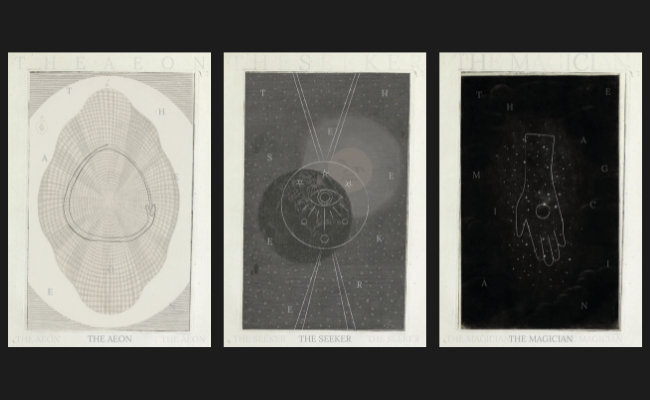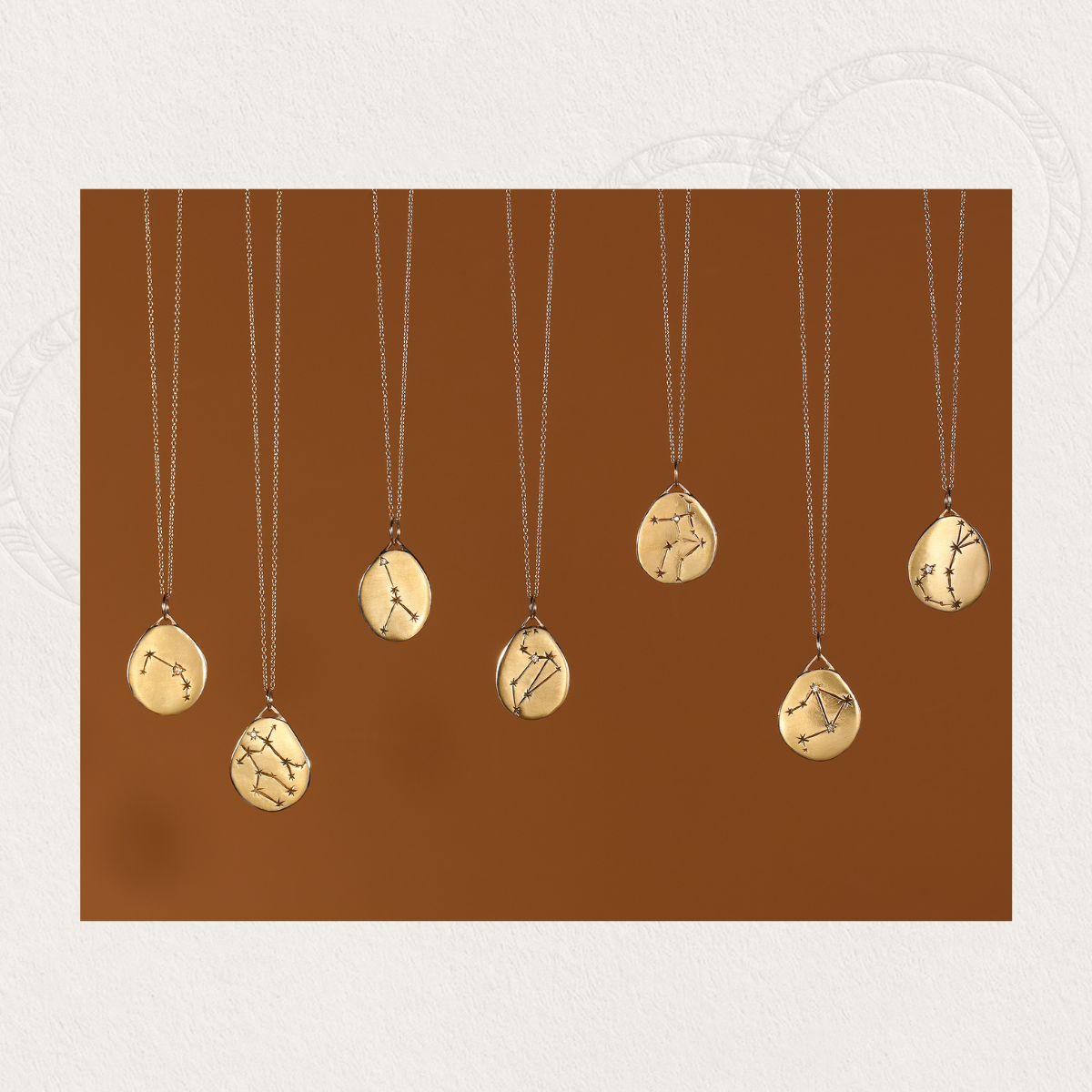
Exploring the Principles of Contemporary Alchemy
[article synopsis: Alchemy is an ancient esoteric tradition that continues to inspire scholars and practitioners alike. In this article, we explore the modern practice of alchemy, including the use of modern technology and scientific techniques. From the study of traditional alchemical substances to the exploration of new approaches and perspectives, contemporary alchemy is a fascinating and rapidly-developing field.]
Exploring the Principles of Contemporary Alchemy
Alchemy has had a profound influence on many different fields throughout history. In this article, we will explore the role of alchemy in the development of modern chemistry, the use of alchemical symbolism in art and literature, and the connection between alchemy and sacred geometry.
One of the key ways in which alchemy has influenced modern science is through its contribution to the development of chemistry. In the 16th and 17th centuries, alchemical theories and practices played a significant role in the rise of modern chemistry. Alchemists such as Robert Boyle and Antoine Lavoisier made important contributions to the development of modern chemical processes and techniques, and their work laid the foundations for many of the chemical theories and practices that we take for granted today.
In addition to its practical applications, alchemy has also had a profound influence on art and literature. Throughout history, artists and writers have been inspired by alchemical symbolism and imagery, incorporating these elements into their work in a variety of ways. In medieval and Renaissance art, for example, alchemical symbols and imagery were often used to represent transmutation and spiritual transformation. In literature, alchemical themes and ideas have been explored by writers such as William Shakespeare and John Donne, and continue to be a source of inspiration for contemporary artists and writers.
Another area in which alchemy has had a significant impact is in the field of sacred geometry. Sacred geometry is the use of geometric shapes and patterns in the design of sacred spaces and objects, and has been studied and practiced for centuries. In alchemy, sacred geometry is often used to represent the principles of transmutation and the unity of the elements. It is also used in the design of alchemical laboratories and equipment, and has influenced the work of many alchemists and occultists throughout history.
In conclusion, the influence of alchemy can be seen in many different fields, from chemistry to art and literature, and from sacred geometry to mysticism. Despite its association with the distant past, alchemy continues to be a fascinating and relevant subject of study, offering a unique perspective on the nature of the universe and our place within it.
One of the key ways in which alchemical symbolism has been used in art and literature is through the use of allegory. In many works of art and literature, alchemical symbols and ideas are used to represent abstract concepts and ideas, such as the process of spiritual transformation or the search for truth.
For example, in William Shakespeare's play "The Tempest," the character of Prospero is often seen as an allegory for the alchemist. In the play, Prospero uses his magical powers to bring about a series of transformations, both on the island where the play is set and within the characters themselves. This can be seen as a metaphor for the alchemical process of transmutation, in which base metals are transformed into gold and the soul is purified.
Another example of the use of alchemical allegory in literature can be found in John Donne's poem "A Valediction: Forbidding Mourning." In the poem, Donne uses the image of two compasses, a common symbol in alchemy, to represent the relationship between two lovers who are separated. The compasses are joined at the center, but their points move apart, representing the distance between the lovers. This image can be seen as an allegory for the alchemical concept of separation, in which the elements are separated in order to be purified and united once again.
In conclusion, the use of alchemical allegory in art and literature has been a powerful and enduring way of representing abstract concepts and ideas. Through the use of symbols and imagery, artists and writers have been able to explore alchemical themes and ideas in a creative and engaging way, and have contributed to the continued relevance and fascination of alchemy in contemporary culture.
One of the most interesting connections between alchemy and sacred geometry is the use of geometric shapes and patterns in the design of alchemical laboratories and equipment. Throughout history, alchemists have used geometric shapes and patterns in the design of their laboratories and equipment in order to create sacred spaces that were conducive to the practice of alchemy.
For example, the alchemical laboratory was often designed in the shape of a cross, with the four elements - Earth, Air, Fire, and Water - represented in each of the four quadrants. This design was thought to create a harmonious and balanced environment for the practice of alchemy, and was believed to facilitate the transmutation process.
In addition to the design of the laboratory itself, alchemists also used geometric shapes and patterns in the design of their equipment. For example, many alchemical vessels, such as alembics and retorts, were designed in the shape of circles and spheres, which were believed to represent unity and completeness. These shapes were thought to enhance the transmutative properties of the substances being processed, and to create an environment that was conducive to alchemical transformation.
The use of sacred geometry in alchemical design was not limited to the laboratory and equipment. Many alchemists also used geometric shapes and patterns in the design of their workshop and living quarters, creating a sacred environment that was conducive to the practice of alchemy. In this way, sacred geometry played a significant role in the daily lives of alchemists, and was an important part of the alchemical tradition.
In conclusion, the use of sacred geometry in the design of alchemical laboratories and equipment is a fascinating and little-known aspect of the alchemical tradition. By incorporating geometric shapes and patterns into their designs, alchemists were able to create sacred spaces that were conducive to the practice of alchemy, and contributed to the continued relevance and fascination of this ancient and mysterious discipline.
Alchemy in the Modern World
Despite its association with the distant past, alchemy continues to be a relevant and fascinating subject of study and practice in the modern world. In recent years, there has been a resurgence of interest in alchemy, and many contemporary scholars and practitioners are exploring its principles and theories in new and innovative ways.
One of the key ways in which alchemy is being studied and practiced in the modern world is through the field of contemporary alchemy. Contemporary alchemy is a term that is used to describe the study and practice of alchemy in the present day, and encompasses a wide range of approaches and perspectives. Some contemporary alchemists are focused on the historical and philosophical aspects of alchemy, and are interested in exploring its roots in the ancient world and its connection to other esoteric and mystical traditions. For example, the historian of science, Lawrence Principe, has written extensively on the connection between alchemy and the scientific revolution of the seventeenth century (Principe, 2013).
Others are more focused on the practical applications of alchemy, and are interested in exploring its potential as a tool for personal and spiritual transformation. The alchemist and occultist, Frater Albertus, is an example of a contemporary practitioner who was interested in the practical applications of alchemy, and wrote extensively on the use of alchemical techniques for personal growth and spiritual development (Albertus, 1977).
In addition to the study of alchemy, there are also many contemporary practitioners who are interested in exploring its practical applications. Some of these practitioners are focused on the creation of physical substances, such as the philosopher's stone or the elixir of life, using traditional alchemical processes and techniques. The alchemist and scientist, Janusz Slawinski, is an example of a modern practitioner who has focused on the creation of physical substances using alchemical techniques (Slawinski, 2016).
Others are more interested in exploring the psychological and spiritual dimensions of alchemy, and are using it as a tool for personal growth and transformation. The psychiatrist and alchemist, Carl Jung, is a notable example of a modern practitioner who was interested in the psychological and spiritual aspects of alchemy, and wrote extensively on the use of alchemical concepts and imagery in his work (Jung, 1977).
Contemporary Alchemy and Science
One of the key ways in which contemporary alchemy is being studied and practiced is through the use of modern technology and scientific techniques. In recent years, advances in technology have made it possible for alchemists to explore the principles and theories of alchemy in new and innovative ways.
For example, some contemporary alchemists are using modern scientific instruments and techniques to study the properties of traditional alchemical substances, such as the philosopher's stone. By analyzing these substances using tools such as spectroscopy and X-ray diffraction, alchemists are able to gain new insights into the nature of these substances and the principles that underlie their creation.
In addition to the study of traditional alchemical substances, some contemporary alchemists are also using modern technology to create new substances and materials. For example, some alchemists are using advanced 3D printing techniques to create new forms of the philosopher's stone, and are exploring the potential applications of these materials in fields such as medicine and materials science.
The use of modern technology in alchemy has also made it possible for contemporary alchemists to explore new approaches and perspectives. For example, some alchemists are using computer modeling and simulations to study the behavior of alchemical substances and processes, and are gaining new insights into the principles of alchemy in the process.
In conclusion, alchemy is an ancient esoteric tradition that continues to captivate the imagination of scholars and practitioners alike. With roots in the ancient world, alchemy has evolved and adapted over time, but its core principles and theories remain a fascinating subject of study. From the history and origins of alchemy, to the principles of alchemical transmutation and the use of symbolic imagery, there is much to explore and discover in the world of alchemy.
In the modern world, alchemy is being studied and practiced in a variety of different ways. From the study of traditional alchemical substances and processes, to the use of modern technology and scientific techniques, contemporary alchemists are exploring the principles and theories of alchemy in new and innovative ways.
Despite its association with the past, alchemy continues to be a relevant and fascinating subject of study and practice. Whether you are interested in its historical and philosophical aspects, or in its potential as a tool for personal and spiritual transformation, alchemy offers a unique perspective on the nature of the universe and our place within it, and is sure to captivate and inspire.
References:
Albertus, F. (1977). The Alchemist's Handbook. New York, New York: Samuel Weiser.
Jung, C. (1977). Psychology and Alchemy. Princeton, New Jersey: Princeton University Press.
Principe, L. (2013). The Secrets of Alchemy. Chicago, Illinois: University of Chicago Press.
Slawinski, J. (2016). The Alchemist's Secret. New York, New York: Simon & Schuster.













